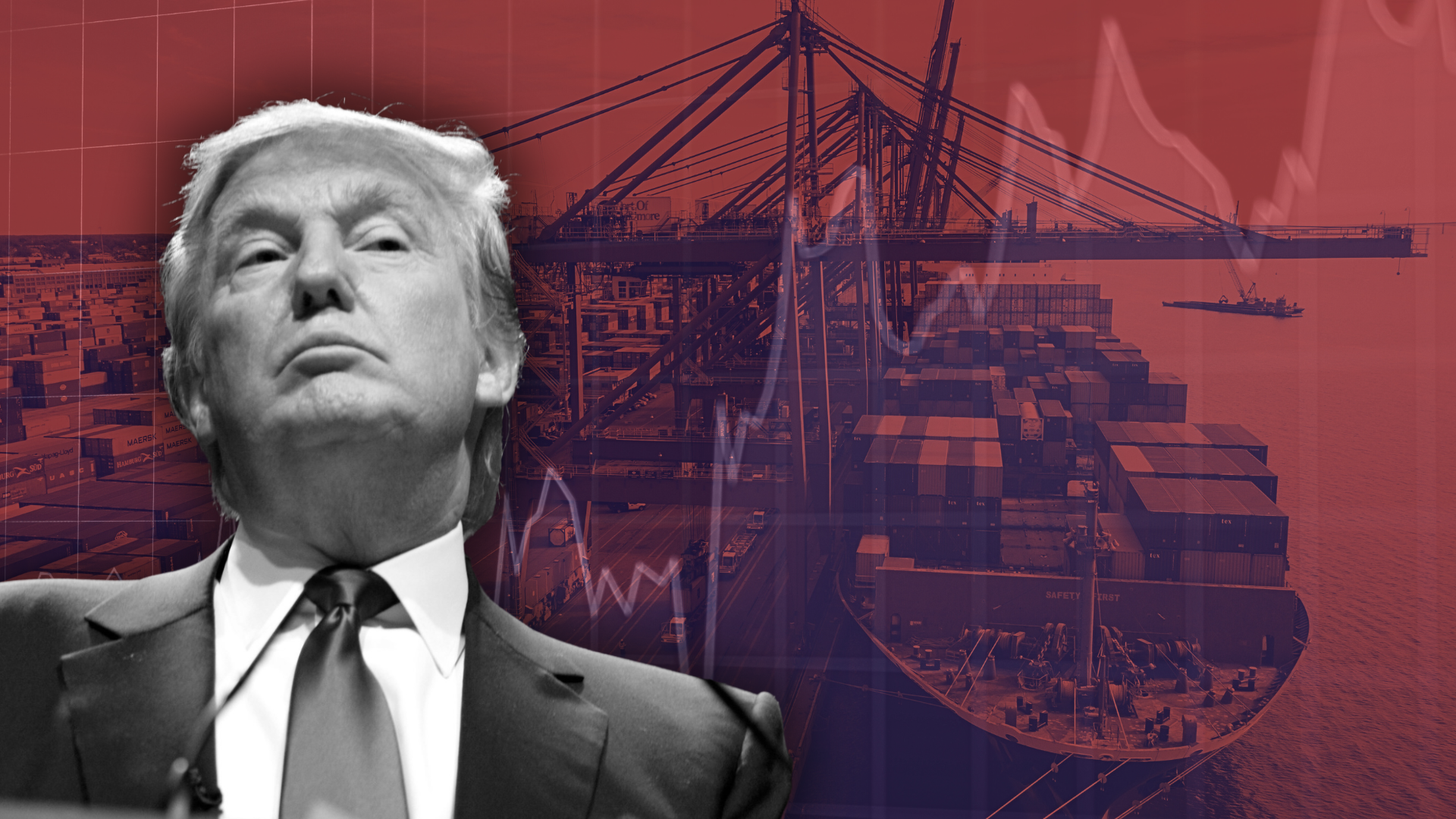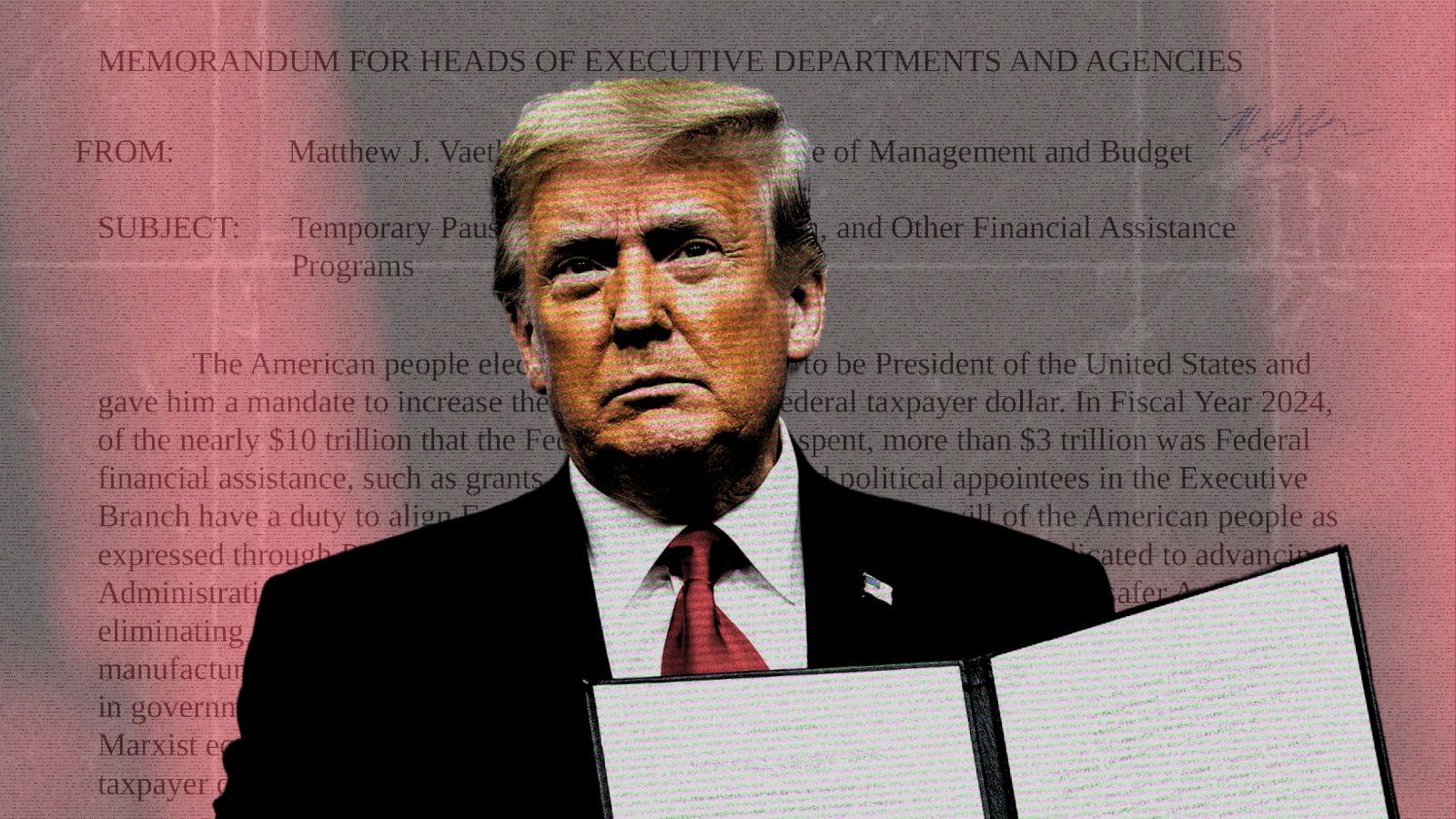How Do Trump’s Tariffs Affect Energy?
President Trump’s new and proposed tariffs would affect everything, including oil, natural gas, and electricity, as well as materials like steel, batteries, and minerals used in cars and clean energy projects.
The bottom line is that tariffs are ultimately passed onto American customers in the form of higher prices. This is true with energy. Energy supply chains are slow-moving, meaning that foreign companies are likely to maintain normal operations and simply pass along higher costs. Canadian crude oil producers can’t just build new refineries or pipelines overnight. It’s similarly hard to find new supplies of rare earth elements or minerals that go into cars or steel for wind turbines. That means higher prices at the pump and fewer and more expensive clean energy projects to keep up with rising electricity demand. In states that rely heavily on Canadian electricity imports and hydropower, including New England, New York, Michigan, Minnesota, and the Pacific Northwest, tariffs mean much higher electric bills when consumers are already struggling to keep up.
These harms don’t even include the effects of retaliatory tariffs that other countries would set in response to Trump’s trade war. These tariffs would shrink leading export markets for American goods—and kill American jobs.
While former President Biden began the process of building new manufacturing and supply chains in the U.S., energy products are still largely reliant on minerals, metals, batteries, and materials from Canada, Mexico, and China. Tariffs put all of these new investments at risk. Canada, especially, accounted for 61 percent of U.S. crude oil imports in 2021, 98 percent of fossil gas imports, and 93 percent of electricity imports. The majority of crude oil used in U.S. refineries is imported.
A 10 percent tariff on these goods would be substantial. And President Trump does not have a strategy to leverage the pain caused by tariffs to build new supply chains in the U.S. It’s all pain and no gain. And it’s a far cry from his promise to cut energy bills in half.




